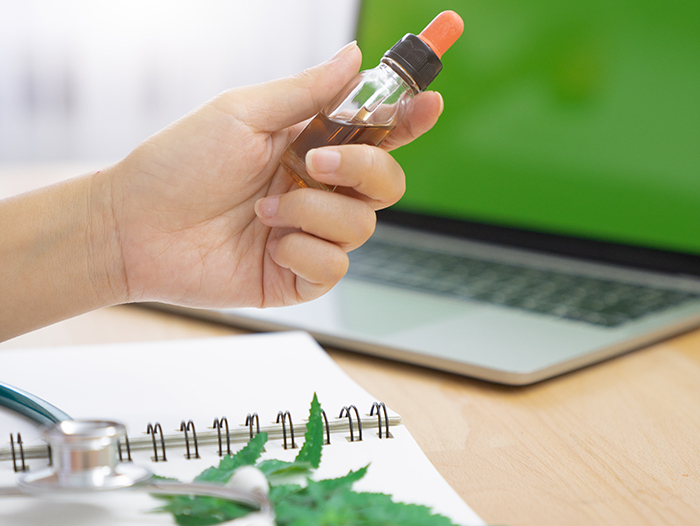It’s Official: Legal Cannabis Results in Fewer Worker Injuries and Greater Productivity

Worried workplace injuries may increase if medical marijuana is legalized?
A new study found that fears over an increase in workers’ comp injuries due to recreational cannabis legalization may be overblown.
A working paper published by the National Bureau of Economic Research reports that researchers found workers’ comp claims decreased and workplace productivity rose in states where recreational cannabis usage is legal. The study was funded in part by the National Institute on Drug Abuse.
Not only did the paper find that workers compensation benefit propensity and amounts decreased post-recreational marijuana legalization, it also theorizes that allowing adult cannabis use might lead to a rise in productivity because it offers workers a tool for managing conditions like chronic pain.
The Study by the Numbers
The study examined the effect of state recreational marijuana laws on the amount of workers’ compensation benefits received by adults aged 40-62. They found:
- Workers’ compensation benefit propensity declined by 0.18% when states legalized recreational marijuana.
- A decline of 0.18% corresponds to a 20% reduction in workers’ compensation income, according to the study’s authors.
- Income from workers’ compensation benefits declined by $21.98, or 20.5%, post-recreational marijuana legalization.
What This Means for Workers’ Comp
These findings run in opposition to the long-held industry belief that legalizing marijuana for adult use would trigger an uptick in workers’ compensation claims. The logic went that legalizing marijuana for adult use would result in an uptick in people showing up to work under the influence, and thus increasing their risk for injury while on the job.
Rather than increasing workplace injuries, the study’s authors theorize that the decreases in propensity and benefit amount are due to an increase in productivity.
“We offer evidence that the primary driver of these reductions is an improvement in work capacity,” the study noted.
This increase in productivity, according to the study, is likely directly related to the use of marijuana to treat conditions like chronic pain.
The authors note that prescriptions for medications used to treat chronic pain declined post-recreational legalization, suggesting that some may be using marijuana as a substitute for traditional painkillers.
Though the use of marijuana to treat chronic pain is allowed in many states where medicinal cannabis is legalized, states with adult recreational use laws make it easy for anyone to access the drug. Additionally, recreational cannabis legalization removes some of the stigma that surrounds the drug, making it easy for people to approach their doctors about using marijuana as an alternative treatment for pain.
“We hypothesize that access to marijuana through [adult-use laws] increases its medical use and, in turn, allows better management of symptoms that impede work capacity — e.g., chronic pain, insomnia, mental health problems, nausea, and so forth,” the study’s authors wrote.
Though no FDA approved drugs use cannabis to treat chronic pain, a study published in the journal Health Affairs found that the majority of medical marijuana users use the drug to treat chronic pain.
The study reports that 62.2% of medical marijuana card holders cite chronic pain as the reason they hold the card.
“Chronic pain management is likely to be particularly important in our context as this is the health condition most commonly reported among medical marijuana users,” the study said.
Recommended Reading
Medical and recreational marijuana legislation is taking the country by storm, with five states legalizing the drug in some form during the 2020 elections. As more and more states legalize the drug, the federal government is stepping in with legislation that may make it easier and safer for cannabis businesses to operate.
Legalization may be on the rise, but there’s still much to do in terms of regulations that ensure the drug’s safety and quality.
Seven out of every 10 CBD products did not contain the amount of cannabinoid on their labels, according to a 2017 study in the Journal of American Medical Association (JAMA). Forty-three percent of products contained less CBD and 26% contained more.
Though medical and recreational marijuana usage is becoming more widespread, more research is needed before the drug becomes an accepted treatment for common workplace injuries like chronic pain and musculoskeletal disorders. &










